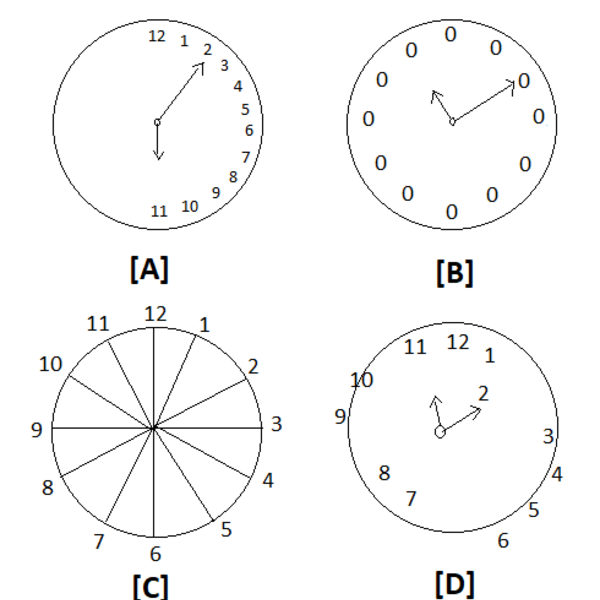Clock Drawing Test
Scientist Explains with Dr. Morris Freedman
May 31, 2022
What is the clock drawing test?
The clock drawing test is a cognitive test that evaluates how well the brain is working. It takes less than a minute to do, and since it taps into many cognitive functions (e.g., planning, organization, attention, visuospatial function, memory, language), you can get a lot of information from it. A person receives this test as part of a cognitive assessment, which is conducted when a person (or someone close to them) notices a change in their cognition (e.g., memory loss, trouble finding words).
At Baycrest Health Sciences, Dr. Freedman uses the ‘free drawn’ clock test because it’s the most sensitive. In this test, a person is given a blank piece of paper and asked to 1) draw the face of a clock, 2) put in all the numbers, and 3) set the hands to a certain time. The time setting is extremely important; various times are used, but ten after eleven is most common as it’s a very sensitive time. In order to draw this time correctly, the ten needs to be recoded to a two.
The clock drawing test is not used in isolation, it’s examined within the context of the ‘bigger picture’. At Baycrest and across TDRA sites, the clock drawing test is part of a more in-depth patient analysis comprised of the Toronto Cognitive Assessment (TorCA) or the Behavioural Neurology Assessment- Short Form (BNA-SF).
How does it work?
Through examining a person’s clock, you can identify various cognitive impairments- or a lack thereof. Analyzing the clock involves the skill of looking at what the person does to draw their clock (i.e., the process), and then figuring out what cognitive functions go into the process. Different types of errors point to different problems with brain functions. The problems most commonly identified using the clock test are executive dysfunctions (e.g., with planning, attention, perseveration) and visuospatial deficits (e.g., inability to identify visual and spatial relationships among objects).
Some examples are described below:

Clock A: All 12 numbers on one side of the clock, planning problem
Clock B: Clock with all zeros, language problem (difficulty producing numbers)
Clock C: Spokes of a wheel clock, perseveration (i.e., repeating an action without stopping – in this example, the interval marks extended to the centre of the clock )
Clock D: Numbers drawn both inside and outside of the clock, visuospatial problem
In the clinical setting, any healthcare professional who is trained in how to administer the clock is able to do so. But, the interpretation is most often done by a physician or neuropsychologist.
How was it developed?
Literature suggests that the clock drawing test was developed in the early 1900s. It was originally used as a test for aphasia-related disorders (conditions that impair communication) and constructional apraxia (inability to copy the spatial pattern in which things are arranged, for example through drawing) [1].
MacDonald Critchley’s textbook, The Parietal Lobes (1953), is widely cited as the first clinical mention of the clock drawing test [1]. Following this, Dr. Freedman published a book on clock drawing with a team of multidisciplinary experts in 1994. The book, Clock Drawing: A Neuropsychological Analysis, is a practical guide to the assessment of clock drawing, which takes a process-oriented approach to qualitative impairment. Dr. Freedman and his team also largely popularized the ten after eleven time setting.
Why is it important?
The clock drawing test provides neurologists and other clinicians with a lot of information in a very short time. Brevity is hugely beneficial in cognitive testing. A lot goes into drawing a clock, including planning, attention, monitoring, language, memory, and visuospatial functions among others. The clock drawing test is able to tease these components of brain function apart quickly and accurately. This helps with patient diagnosis not only for dementia, but for a wide range of brain disorders.
What’s happening in research? Next steps?
A lot of studies on clocks look at what the person drew (their final clock). At Baycrest, Dr. Freedman and his former fellow, Dr. Eslam Abdellah, are now leading a TDRA study that examines the sequencing of drawing a clock. This is to investigate whether the order in which people draw the different elements of the clock has any diagnostic value. This is being conducted with data from the TDRA Memory Clinics Database.

